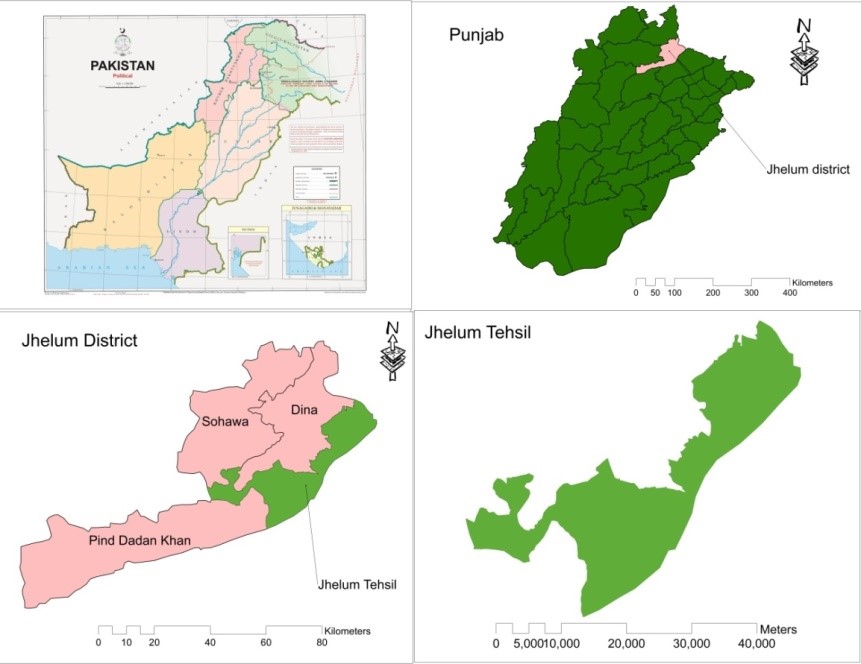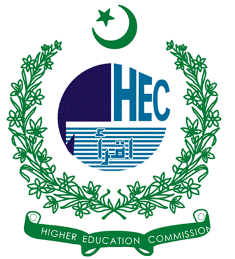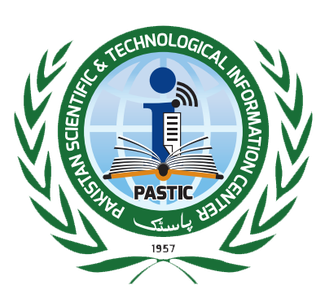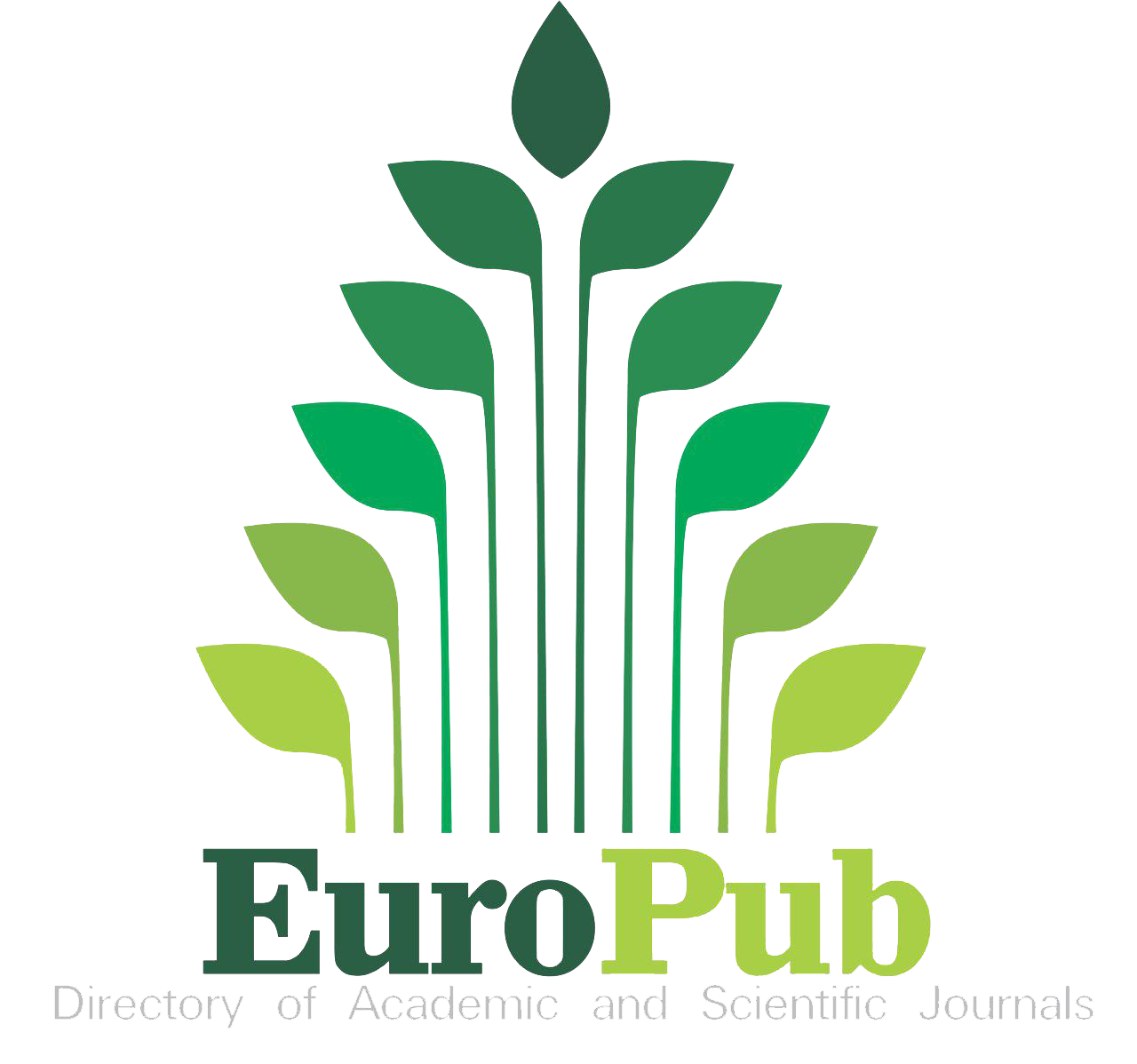Assessment of Soil Fertility in Jhelum, Punjab, Pakistan, using Geospatial Technologies
Keywords:
Soil Fertility, Spatial Variability, Kriging Interpolation, Geographical Information System (GIS), Jhelum, PakistanAbstract
Soil fertility is a key factor influencing agricultural productivity and sustainability. This study evaluates the spatial distribution of essential soil chemical properties-pH, electrical conductivity (EC), available phosphorus (P), available potassium (K), organic matter (OM), and saturation percentage in Tehsil Jhelum, Pakistan. A total of 160 topsoil samples (0–15 cm depth) were collected using random sampling, with GPS coordinates recorded for each site. Laboratory analysis was conducted to assess the nutrient status of the soils, and Ordinary Kriging interpolation was used within a GIS framework to generate spatial distribution maps. The findings revealed notable variability across the region. Soil pH ranged from 4.3 to 7.8 (mean: 7.44), indicating mostly neutral to slightly alkaline conditions. EC values ranged from 0.49 to 1.40 dS/m, suggesting low to moderate salinity. Available phosphorus varied between 1.2 and 7.8 mg/kg, while available potassium ranged from 60 to 180 mg/kg, showing moderate fertility levels. Organic matter content was uniformly low (0.20–0.66%), with a mean of 0.42%, highlighting poor organic inputs. Saturation levels varied from 22% to 72%, displaying a layered spatial pattern. The spatial heterogeneity observed in soil nutrients underscores the need for site-specific nutrient management and precision agriculture practices. The generated maps serve as valuable tools for farmers, agronomists, and policymakers to make informed decisions aimed at improving crop productivity and maintaining soil health in the region.
References
M. D. P. P. Vijayakumar R., Arokiaraj A., “Micronutrients and their Relationship with Soil Properties of Natural Disaster Proned Coastal Soils,” Res.J.chem.sci, vol. 1, no. 1, pp. 8–12, 2011, [Online]. Available: https://isca.me/rjcs/Archives/v1/i1/3.php
R. and S. M. Singh, “Available macro nutrients (N, P, K and S) in the soils of Chiraigaon block of district Varanasi (UP) in relation to soil characteristics.,” Indian J. Sci. Res., vol. 3, pp. 97–101, 2012, [Online]. Available: https://www.semanticscholar.org/paper/Available-macro-nutrients-(N%2C-P%2C-K-and-S)-in-The-of-Singh-Mishra/16d3519a5c578f55853e72f40cf4c39a8d0bba21
Q. J. Aamer, Muhammad Iqbal, Eng. Faheem Iqbal, Dr. Mohsin, “Physico-Chemical Properties and Fertility Status of District Rahim Yar Khan, Pakistan,” J. Environ. Earth Sci., vol. 5, no. 19, 2015, [Online]. Available: https://core.ac.uk/download/pdf/234664406.pdf
Z. Akram, S. Hussain, M. Mansoor, M. Afzal, A. Waqar, and I. Shabbir, “Soil Fertility and Salinity Status of Muzaffargarh District, Punjab Pakistan,” Univers. J. Agric. Res., vol. 2, no. 7, pp. 242–249, Oct. 2014, doi: 10.13189/UJAR.2014.020703.
R. S. Belurkar and M. S. Yadawe, “A survey of soil fertility status of cashew nut gardens of South Goa, India.,” Int. J. Appl. Biol. Pharm. Technol., 2011, Accessed: Oct. 02, 2025. [Online]. Available: http://imsear.searo.who.int/handle/123456789/162222
et al. Hassan, I., “Determination of optimum cropping patterns in the Faisalabad division (Pakistan),” Int J Agric Biol, vol. 6, no. 5, pp. 901–903, 2004, [Online]. Available: https://www.researchgate.net/publication/237535862_Determination_of_Optimum_Cropping_Pattern_in_the_Faisalabad_Division_Pakistan
GOP, “Land Use Statistics, P.I.T. Board, Editor,” Crop Report. Serv. Gov. Punjab, 2021.
GOP, “7th Population and Housing Census - Detailed Results ,” Government of Pakistan: Islamabad. Accessed: Oct. 02, 2025. [Online]. Available: https://www.pbs.gov.pk/digital-census/detailed-results
GOP, “District Profile, P.I.T. Board, Editor,” Gov. Punjab, 2017, [Online]. Available: https://pc.gov.pk/uploads/archives/DEPIx_Updated-Final-Report.pdf
et al Ilagan, L.A., “Soil Fertility Evaluation For Rice Production In Catanduanes Province, Philippines,” Int. J. Sci. Technol. Res., vol. 3, no. 12, pp. 81–87, 2014.
A. Kumar, “Evaluations of soil Fertility Status of Available Major Nutrients (N, P & K) and Micro Nutrients (Fe, Mn, Cu & Zn) in Vertisol of Kabeerdham District of Chhattisgarh, India,” Int. J. Interdiscip. Multidiscip. Stud., vol. 1, no. 10, pp. 72–79, 2014, [Online]. Available: https://www.ijims.com/uploads/8ae6072f8d73f2d1acb7OC13.pdf
M. A. Ravikumar, PARAMESHGOUDA L PATIL, “GIS Mapping of available nutrients status of Dundur village under Malaprabha command area in Karnataka,” J. Farm Sci, pp. 37–40, 2016, [Online]. Available: https://www.researchgate.net/publication/259492810_Mapping_of_Nutrients_Status_of_48A_Distributary_of_Malaprabha_Right_Bank_Command_of_Karnataka_by_GIS_Technique_I-Major_Nutrients
T. I. S. Aatira Hilal, Shabir Ahmed Bangroo, Nayar Afaq Kirmani, Javaid Ahmed Wani, Asim Biswas, Mohammad Iqbal Bhat, Khushboo Farooq, Owais Bashir, “Chapter 19 - Geostatistical modeling—a tool for predictive soil mapping,” Remote Sens. Precis. Agric., pp. 389–418, 2024, doi: https://doi.org/10.1016/B978-0-323-91068-2.00011-4.
N. Waters, “Tobler’s First Law of Geography,” Int. Encycl. Geogr., pp. 1–13, Mar. 2017, doi: 10.1002/9781118786352.WBIEG1011.
Chong-Yang Shen, Yue-Fei Xu, Jing-Wei Jin, “Effect of land use and soil management practices on soil fertility quality in North China cities’ urban fringe,” African J. Agric. Res., vol. 6, no. 9, pp. 2059–2065, 2011, [Online]. Available: https://www.researchgate.net/publication/228422035_Effect_of_land_use_and_soil_management_practices_on_soil_fertility_quality_in_North_China_cities’_urban_fringe
M. K. W. Wei Ouyang, Yushu Shan, Fanghua Hao, Siyang Chen, Xiao Pu, “The effect on soil nutrients resulting from land use transformations in a freeze-thaw agricultural ecosystem,” Soil Tillage Res., vol. 132, pp. 30–38, 2013, doi: https://doi.org/10.1016/j.still.2013.04.007.
Guangrong Shen, Zhenhua Qian, “Spatial analysis and assessment of soil fertility by using GIS and kriging method,” IEEE World Autom. Congr., 2010, [Online]. Available: https://www.researchgate.net/publication/251969251_Spatial_analysis_and_assessment_of_soil_fertility_by_using_GIS_and_kriging_method
R. C. Gouri Sankar Bhunia, Pravat Kumar Shit, “Assessment of spatial variability of soil properties using geostatistical approach of lateritic soil (West Bengal, India),” Ann. Agrar. Sci., vol. 16, no. 4, pp. 436–443, 2018, doi: https://doi.org/10.1016/j.aasci.2018.06.003.
B. M. Dinesh Panday, “Digital soil mapping in the Bara district of Nepal using kriging tool in ArcGIS,” PLoS One, 2018, doi: https://doi.org/10.1371/journal.pone.0206350.
M. J. K. Nazia Tahir, “Analysis of soil fertility and mapping using geostatistical information system,” Pure Appl. Biol, vol. 5, no. 3, pp. 446–452, 2016, [Online]. Available: https://www.thepab.org/files/2016/September-2016/PAB-MS-160047.pdf
M. H. G. Nastaran Pouladi, Anders Bjørn Møller, Salman Tabatabai, “Mapping soil organic matter contents at field level with Cubist, Random Forest and kriging,” Geoderma, vol. 342, pp. 85–92, 2019, doi: https://doi.org/10.1016/j.geoderma.2019.02.019.
Z.-M. L. Peng-Tao Guo, Mao-Fen Li, Wei Luo, Qun-Feng Tang, Zhi-Wei Liu, “Digital mapping of soil organic matter for rubber plantation at regional scale: An application of random forest plus residuals kriging approach,” Geoderma, vol. 237–238, pp. 49–59, 2015, doi: https://doi.org/10.1016/j.geoderma.2014.08.009.
H. B. V. Hiba Chaudhry, “Evaluating the Soil Quality Index Using Three Methods to Assess Soil Fertility,” Sensors, vol. 24, no. 3, p. 864, 2024, doi: https://doi.org/10.3390/s24030864.
J. A. Hammad, S. M’nassri, B. Chaabane, A. H. I. Al-Bayati, and R. Majdoub, “Assessing agricultural potential of abandoned land in the Euphrates basin: soil fertility modeling and geostatistical analysis,” Model. Earth Syst. Environ., vol. 10, no. 4, pp. 4627–4639, Aug. 2024, doi: 10.1007/S40808-024-01982-9/METRICS.
H. F. Boyd Ellis, “Soil Fertility,” Oxford Companion to Wine Fifth Ed., 2023, [Online]. Available: https://www.taylorfrancis.com/books/mono/10.1201/9780203739341/soil-fertility-boyd-ellis-henry-foth
S. M. G. Ghulam Nabi, Humair Ahmed, Ijaz Ali, “Spatial variability and digital mapping of Zn content in soil and foliage of wheat producing area in district Jhelum-Pakistan,” Int. J. Biosci. | IJB |, vol. 14, no. 3, pp. 72–81, 2019, [Online]. Available: https://innspub.net/wp-content/uploads/2022/04/IJB-V14-No3-p72-81.pdf
Z. . Tarar, “Variations in Soil Characteristics along Slope Positions of Eroded Sloppy Lands of Tehsil Sohawa, District Jhelum,” Jammu Kashmir J. Agric., vol. 4, no. 2, pp. 213–218, 2024, [Online]. Available: https://www.researchgate.net/publication/387107804_VARIATIONS_IN_SOIL_CHARACTERISTICS_ALONG_SLOPE_POSITIONS_OF_ERODEDSLOPPY_LANDS_OF_TEHSIL_SOHAWA_DISTRICT_JHELUM
and A. W. Afzal, S., M.S. Aslam, “Soil Analysis and Characterization of Jhelum District: A Comparative Study.,” J. Med. Life Sci., vol. 7, pp. 169–176, 2024, doi: https://doi.org/10.31580/hga22906.

Downloads
Published
How to Cite
Issue
Section
License
Copyright (c) 2025 50sea

This work is licensed under a Creative Commons Attribution 4.0 International License.




















